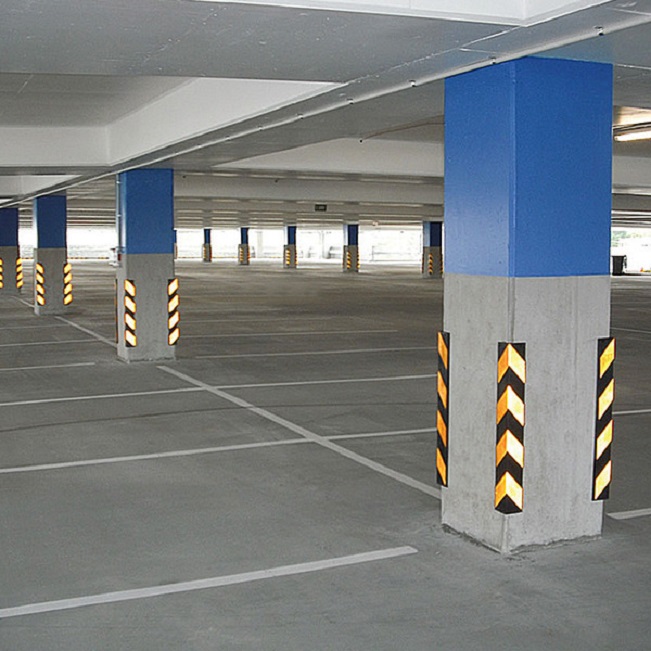People put a lot of thought into ensuring a building is safe, especially in commercial settings where many people work and many different types of heavy-duty vehicles and machinery is used. However, a lot of people neglect corners, because most people don’t mind them until they bump a vehicle or themselves into them. So if you’re looking for corner protectors for your building, picking the right type involves deciding between the different types of materials used to construct the protectors, the size and installation method.
You’ll oftentimes come across commercial and residential grade corner protectors. The commercial grade protectors are usually found in schools, office buildings, healthcare facilities, parking lots and other public premises. Due to the frequent maintenance and cleaning and high-traffic, these buildings need corner protectors which are specifically manufactured to withstand a lot of abuse while still provide maximum protection.

High-impact commercial grade rubber corner protectors are one example of commercial grade protectors, but there are also stainless steel and aluminium corner protectors. Rubber corner protectors absorb some of the impact and they protect whoever bumps into the corner from its sharp edges. However, aluminium and stainless steel protectors are far more durable, and they offer optimum protection against corner damage,
On the other hand, residential grade corner protectors are usually used in hotels, apartment buildings and houses. These places see less traffic and abuse than commercial buildings, but they still require protection, preferably provided in a cost effective manner. That being said, there are various different sizes for residential corner protectors, which provide owners and maintenance staff more flexibility when choosing.
Moreover, residential grade corner protectors have various installation methods, most of which are pretty straightforward, such as pre-drilled holes and screws, double-sided tape and construction adhesive. Some commercial grade corner protectors are also quite easy to install, but even if they aren’t, you should have the necessary equipment and expertise to install them without much effort anyway.
So if there are any corners which you or other people are likely to bump into while dragging, wheeling or carrying something, whether it’s inside a hallway, garage or even a warehouse, you should consider adding corner protectors to them. And even though you may think that bumping into corners isn’t something to fuss about, and all you see is streaks, remember that those streaks will become dents, scratches or entirely missing pieces over time. Corner protectors prevent this type of wear and tear from happening, regardless of the material they’re made from.
























